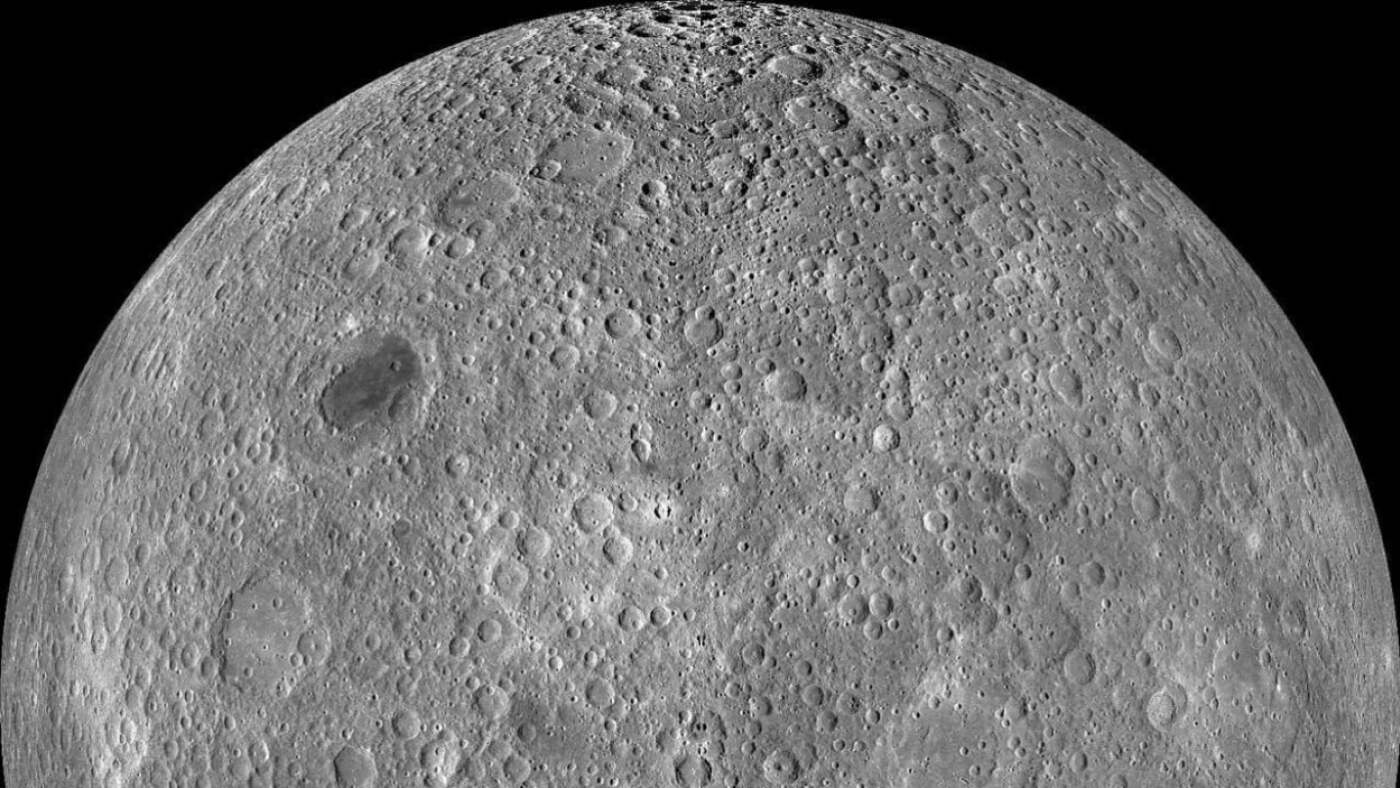China’s robotic spacecraft has brought back rocks and dust from the lunar far side that may solve enduring mysteries about the interior composition of the moon.
The uncrewed Chang’e-6 mission capsule landed in northern China’s Inner Mongolia at 2:07 p.m. Beijing Time on Tuesday, according to China’s State Council Information Office. Its journey to the moon about 250,000 miles away had lasted over 50 days.
Though Apollo 8 astronauts were the first people to see the far side with their own eyes from a spacecraft — with William Anders describing it as a kids’ sand pile — NASA has never landed there. This is the first time in history anyone has returned samples from the portion of the moon facing away from Earth.
That’s in part because of how difficult it is. The moon itself blocks communication between people on Earth and the far side. But China put a communication relay satellite about 40,000 miles beyond the moon that could exchange the signals.
“The outstanding contributions you have made will always be remembered by the country and the people,” said Chinese President Xi Jinping in a statement congratulating his military-controlled space program. State social media accounts shared video and images of the capsule plummeting through Earth’s atmosphere.
The achievement comes at a time when the world’s space race has reignited, with China emerging as a strong spacefaring competitor, making gains in low-Earth orbit research at its own space station and becoming the third country to land an uncrewed spacecraft on Mars. China has completed several previous robotic moon missions, successfully detecting water molecules while on the near side and collecting samples.
Mashable Light Speed
Though much of China’s findings and research are published in peer-reviewed science journals, the space program is often secretive about the details of its rocket launches and missions before they occur. Chang’e-6 carried instruments from France, Italy, Pakistan, and the European Space Agency. The United States, on the other hand, has prohibited NASA by law from collaborating with China on space missions or having scientific exchanges.

A researcher looks at samples brought back from the moon by China’s previous Chang’e-5 spacecraft.
Credit: VCG / VCG via Getty Images
Despite popular belief, the far side of the moon — sometimes referred to as the “dark side” — is not in perpetual darkness. It’s the hemisphere that always faces space. In reality, it gets just as much light as the near side, which always faces Earth.
What scientists have learned is the side humans can’t see from this planet is quite different. China’s moon rocks have the potential to reveal information about the moon’s evolution and history of the solar system that the Apollo samples can’t.
Though the near side has large dark patches, the far side has few of these spots. The spots are called maria, dark areas formed when meteoroids slammed into the moon, erasing previous craters that recorded some of the moon’s geological history. But the far side seems to have a more pristine record of earlier cosmic collisions.

China’s Chang’e-6 spacecraft returned to Earth from a mission to the far side of the moon, the hemisphere unseen from Earth.
Credit: NASA Goddard
The Chinese spacecraft landed at the enormous South Pole-Aitken basin, where scientists believe some of the moon’s mantle — material between the core and the crust — could have been blasted to the surface during an ancient asteroid impact. That makes the samples potentially invaluable to understanding the inner workings of the moon.
During the earlier Chang’e-4 mission, which also touched down on the far side, China took measurements and discovered the soil went much deeper there than on the near side. But why the moon would have a sort of lopsided crust, with one side much thicker than the other, is unclear.
Despite China’s successes, NASA remains the leader in lunar exploration. Through future Artemis missions, the U.S. space agency intends to send astronauts to the moon’s south pole region, where scientists believe water ice is buried. If the ice could be mined, the resource could literally fuel a burgeoning lunar economy.
